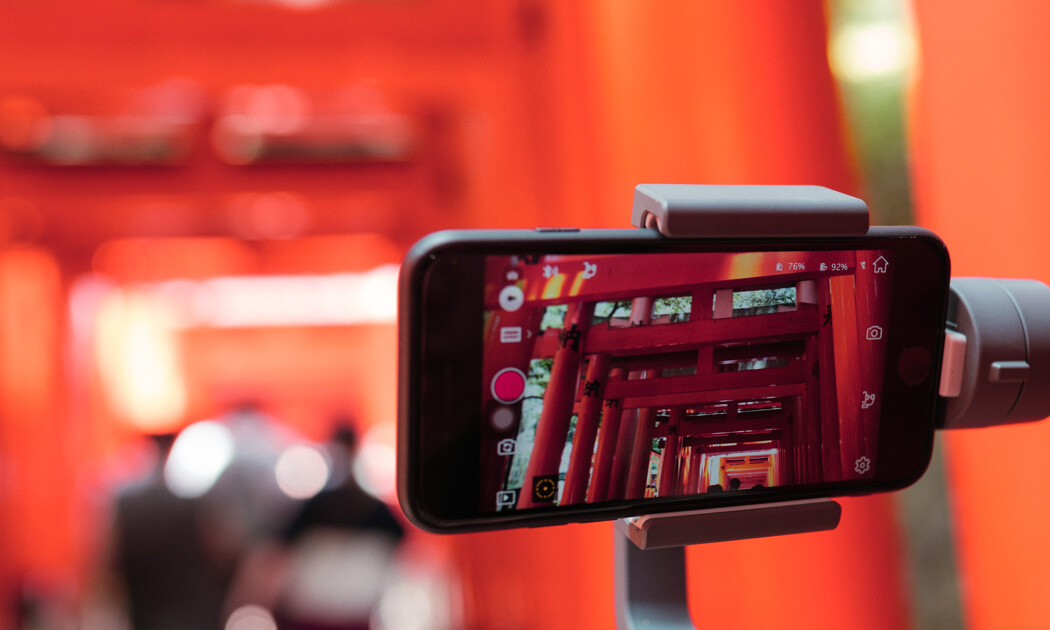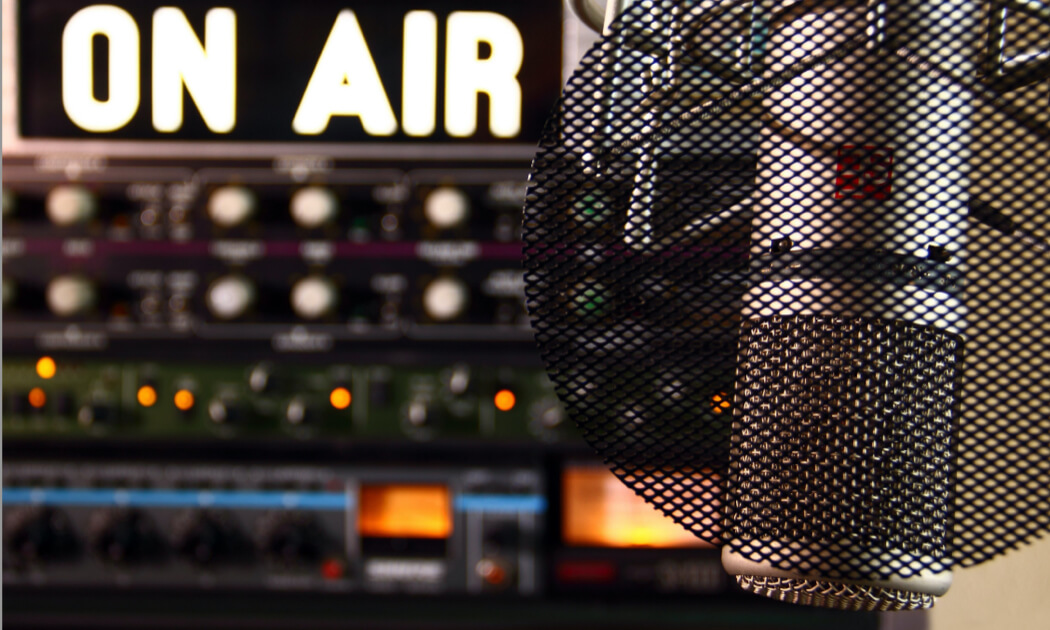I would like to purchase a handheld computer but have no idea where to start because there are so many options and models. Can you give me an idea what to look for?
- Carla
This question was answered on June 3, 2002. Much of the information contained herein may have changed since posting.
Handheld computers (a.k.a PDAs – Personal Digital Assistants) have been one of the fastest selling electronic devices in history, outpacing the VCR, color TV, cell phones and personal computer IDC Research estimates that over 70 million of these devices will be in use by 2005.
Many people see others using a handheld computer and ‘fantasize’ how it would make their lives more organized But, just like any other electronic device, a commitment to learning and using the device will determine just how ‘useful’ it ends up being.
Many different manufacturers provide the actual hardware, but for the most part, it’s a two horse race in the operating system (the software platform) Most devices use either the Palm OS or Microsoft’s Pocket PC to operate the device.
Since the operating system will determine what you can do with your handheld and cut the field in half, it’s the first thing that you will want to decide upon.
One of the main OS issues is whether you want to interface your handheld with a Mac or Windows based system or both The Palm OS devices will interface with either, while the Pocket PC based systems are designed to interface with Windows based systems only.
Both operating systems include an address book, calendar, note pad, e-mail, task lists, a calculator and various games The difference is in the actual programs that are used to perform these tasks.
Palm OS uses proprietary software for both the handheld and desktop computers, with third party programs that will allow you to synchronize with Microsoft Outlook, while the Pocket PC supports and looks like a Windows system, including a pocket version of Outlook, Word and Excel.
My view of the difference in the platforms is that Palm OS devices are fine for the casual to moderate user, while Pocket PC devices are more suited for the moderate to power user.
Palm OS devices can be found for as little as $100, so if all you want to do is keep a mobile version of your address book and calendar with you and have it synchronize with your desktop organizer, they will do just fine.
If you live in a corporate environment, need to work with Word and Excel documents, rely heavily on Microsoft Outlook and have visions of connecting wirelessly to your network via 802.11x, a Pocket PC device (starting price: @$300) is definitely more suitable.
Another group of devices that is just beginning to mature is the combination cell phone/PDA With the convenience of a cellular communication device and a PDA in one package, the desirability of these devices is very high by those that live and die by their personal electronics.
The current drawbacks to these devices are the size, the price and the lack of interoperability between manufacturers and cellular service providers In other words, you can’t buy just any combo device for any service; you must purchase the device(s) that your service provider currently supports.
The first generation devices where very bulky, had poor displays and where limited in features The latest combo devices are thinner, sport color displays and are as feature packed as most mid-level PDAs and it’s just going to get better in the next 6 months to a year!
About the author
 Ken Colburn of Data Doctors on June 3, 2002
Ken Colburn of Data Doctors on June 3, 2002
Need Help with this Issue?
We help people with technology! It's what we do.
Contact or Schedule an Appointment with a location for help!

